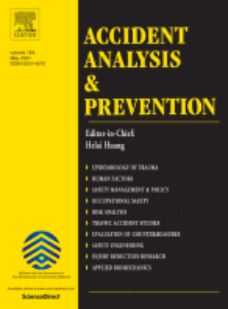
This paper attempts to shed light on the temporal evolution of driving safety efficiency with the aim to acquire insights useful for both driver’s and road safety improvement. Data exploited herein are collected from a sophisticated platform that uses smartphone device sensors during a naturalistic driving experiment, at which the driving behavior from a sample of two hundred (200) drivers during 7-months is continuously recorded in real time. The main driving behavior analytics taken into consideration for the driving assessment include distance travelled, acceleration, braking, speed and smartphone usage; these data serve as inputs in the models developed. Various statistical, econometric, optimization and machine learning techniques are applied on data collected to perform the analysis. Initial data analysis results to the most critical components of microscopic driving behaviour, which are used as inputs in the k-means algorithm to perform the clustering analysis. The main driving characteristics of each cluster are identified and lead to the conclusion that there are three main driving groups of the a) moderate drivers, b) unstable drivers and c) cautious drivers.
| ID | pj195 |
| Manuscript | |
| DOI | |
| Tags | driver behaviour, machine learning, naturalistic driving, telematics |













